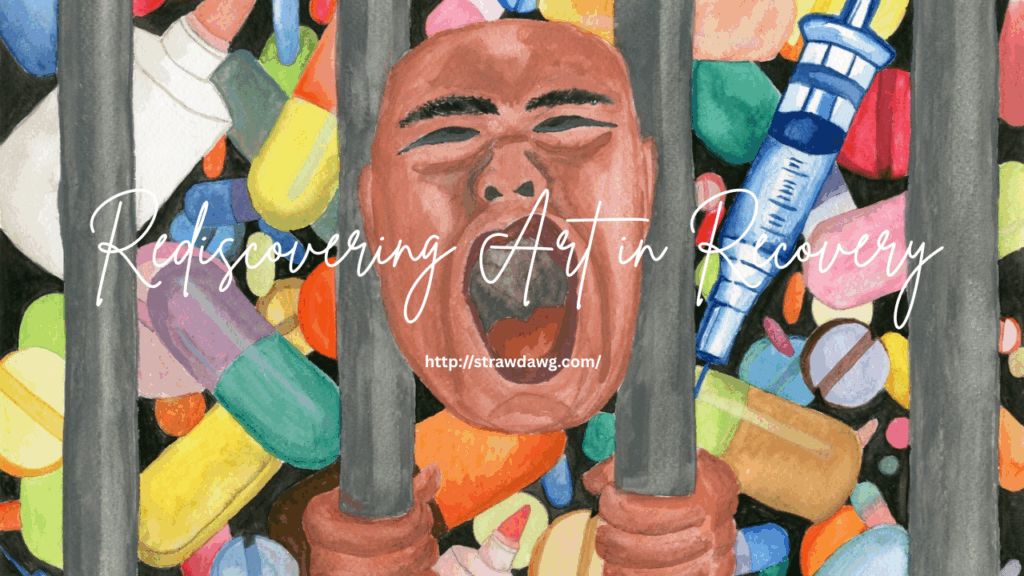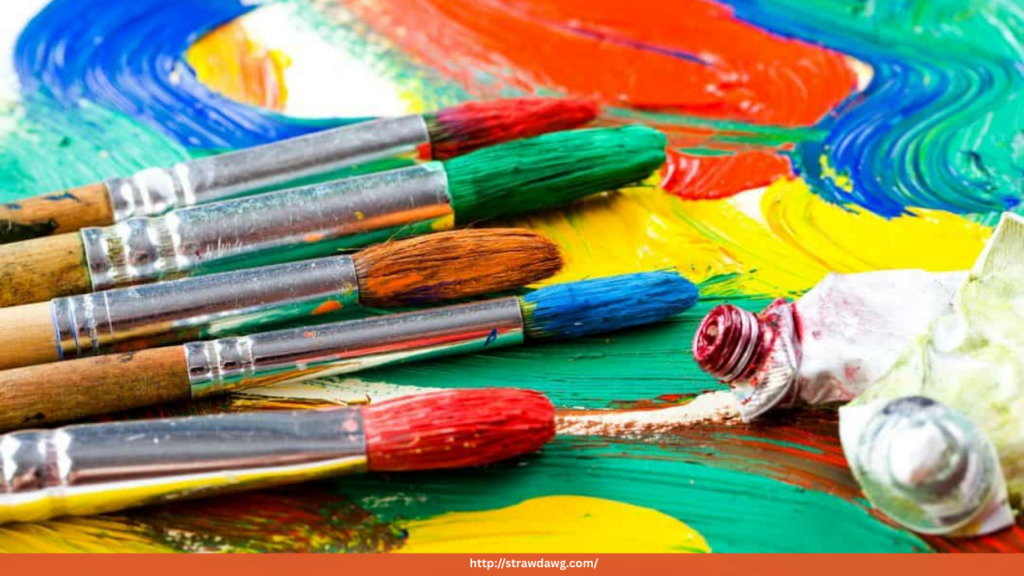
Addiction is often a silent, isolating struggle—one that buries identity and drowns out the voice within. For me, that voice had always spoken through art. As a visual artist, painting was more than a profession or passion—it was how I connected with the world. But when addiction took hold of my life, that connection shattered. What I didn’t realize then was that the very thing I abandoned—my art—would become my lifeline to healing.
The Spiral into Addiction
My descent into addiction didn’t happen overnight. It started quietly, in the margins of stress, self-doubt, and emotional wounds I didn’t know how to face. I turned to substances to cope, to escape, to numb. What began as occasional use grew into a dependency that clouded every aspect of my life—relationships, health, career, and especially, creativity.
I stopped painting. My studio, once a haven, became a place of shame. Canvases sat blank, brushes untouched. I felt hollow, disconnected from the very part of myself that had always brought joy and purpose. The more I lost myself to addiction, the more I feared I’d never find my way back.
Rediscovering Art in Recovery
The first step toward recovery came with the decision to ask for help. Rehab and therapy opened doors I hadn’t expected—one of which was reintroducing creativity into my life. At first, the idea of returning to art felt overwhelming. How could I paint when I felt so broken?
But my therapist encouraged me to try—not to create something beautiful, but to simply express. So I began to paint again, slowly, cautiously. I let my emotions guide me rather than trying to control the outcome. Anger, fear, sadness, and guilt spilled out onto the canvas in chaotic colors and abstract forms. What emerged wasn’t always pretty, but it was honest. And it was mine.
Art as a Healing Tool
In time, painting became a daily practice—my own form of therapy. When words failed me, art spoke. It gave shape to pain I couldn’t articulate, helping me confront my demons without judgment. Through color, texture, and form, I found a way to process trauma, understand my triggers, and rediscover my identity beyond addiction.
Each piece I created in recovery marked a milestone in my healing. Some were dark and heavy, others surprisingly light and hopeful. But all of them were a part of my journey, visual proof that I was transforming.
Inspiring Others Through Creativity
Today, art is not just a tool for my own recovery—it’s a way to connect with and support others. I now lead art therapy workshops for people in recovery, helping them discover the healing potential of creative expression. In these spaces, I’ve witnessed the power of art to unlock emotions, build resilience, and foster hope.
Addiction tried to silence my voice, but through art, I found it again—louder, clearer, and more purposeful than ever. Art didn’t just help me survive; it taught me how to live again.
